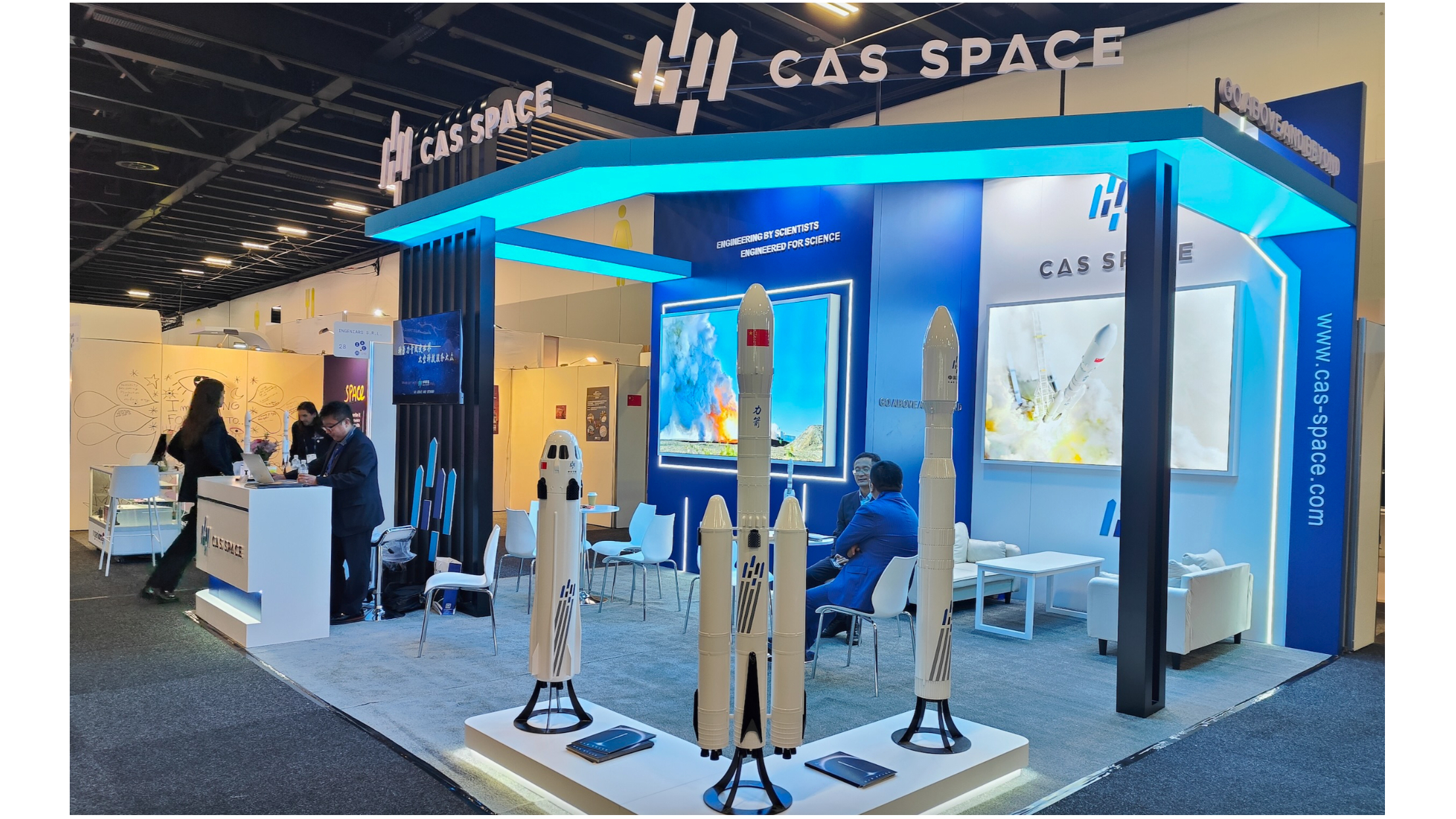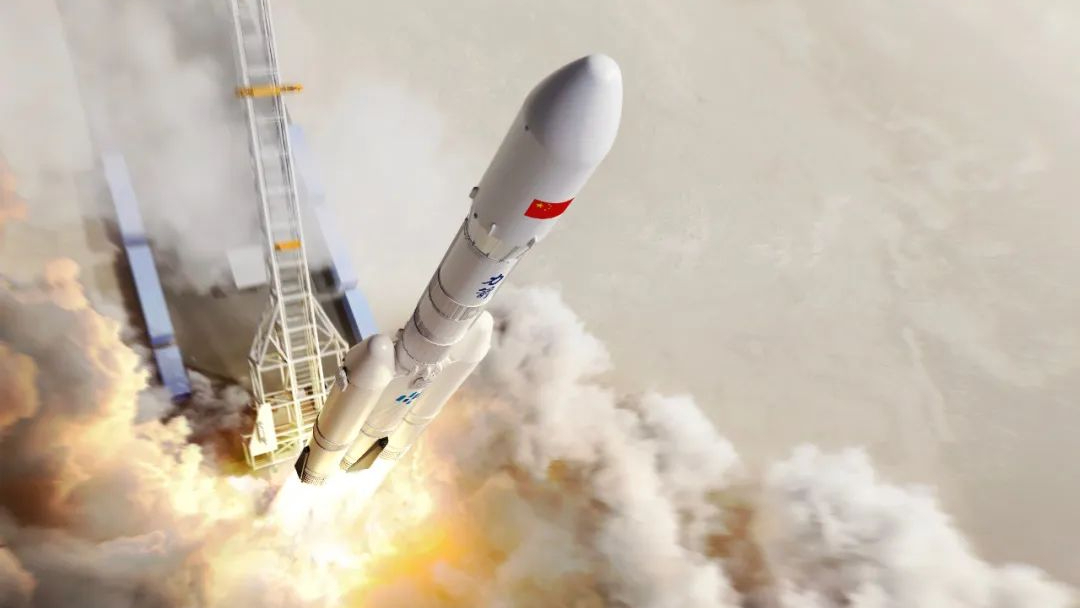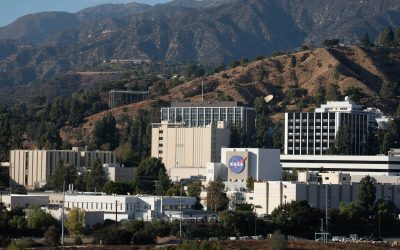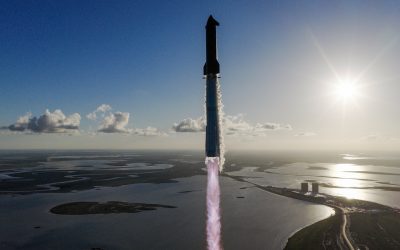Chinese commercial space firm CAS Space is poised to conduct the crucial maiden flight of its new Kinetica 2 rocket as early as next month. This significant inaugural launch comes amidst an intensely competitive domestic market within China’s burgeoning private space industry.
CAS Space is preparing for the inaugural launch of its Kinetica 2 (Lijian 2) rocket, which represents a significant technological advancement as the company’s first orbital liquid propellant vehicle. This development marks a substantial evolution from its smaller, solid-fueled predecessor, Kinetica 1 (Lijian 1).
Following recent successful hot-fire testing of its first stage, the Kinetica 2 is now launch-ready from the Jiuquan spaceport in northwest China. Final clearance from spaceport authorities, however, is anticipated only after the Shenzhou 21 crewed mission to China’s Tiangong space station, which is projected for approximately late October.
The Kinetica 2 rocket is nearing operational readiness, having successfully completed all primary tests and with only a handful of final evaluations still pending. This update was provided by Liu Weipeng, international marketing manager for CAS Space, to Space.com at the 76th International Astronautical Congress (IAC), held in Sydney, Australia, between September 29 and October 3.

The Kinetica 2 rocket, fueled by kerosene and liquid oxygen and featuring three core first stages, is engineered for substantial payload delivery. It possesses the capacity to transport up to 17,200 pounds (7,800 kilograms) into a sun-synchronous orbit, or an impressive 26,450 pounds (12,000 kg) to low Earth orbit. Plans are also underway to equip the Kinetica 2 with reusable first-stage technology in the future.
A prototype cargo spacecraft, named Qingzhou, is set to launch, signaling the initial phase of a low-cost transportation system designed to resupply China’s Tiangong space station. This new logistics capability was commissioned by China’s human spaceflight agency. The Qingzhou spacecraft was developed by the Innovation Academy for Microsatellites, a division of the Chinese Academy of Sciences (IAMCAS). Separately, CAS Space operates as a commercial spin-off originating from the Chinese Academy of Sciences.
CAS Space’s Kinetica 2 rocket is poised to enter a competitive market, targeting contracts to deploy satellites for China’s upcoming megaconstellations and transport cargo to the Tiangong space station. The venture will see the Kinetica 2 directly challenging a burgeoning sector of Chinese commercial space companies, including Landspace, iSpace, Space Pioneer, and Galactic Energy, all of which are racing to launch their own new rockets before the year’s end.

CAS Space has outlined ambitious plans to escalate its launch frequency, with company official Liu confirming that six Kinetica 1 missions are set to deploy from the East China Sea. These upcoming operations will signify CAS Space’s inaugural sea launches, receiving support from China’s Eastern Maritime Spaceport located along the coast of Shandong province in eastern China.
According to Liu, several members of the Kinetica 1 development team have a background with the Long March 11 solid rocket. This advanced vehicle was engineered by the state-owned space contractor CASC and made history in 2019 as China’s inaugural rocket to launch from a sea-based platform.
The company is actively advancing its space tourism services, with spokesperson Liu confirming that further announcements are expected before the end of the year. An initial test flight for the crew capsule, propelled by a solid booster, is imminent. This crucial test mission will also include a range of microgravity experiments.
The company anticipates its vehicle will be ready by 2027, with commercial services projected to launch in 2028, according to remarks from Liu. This timeline follows the firm’s June test of its Kinecore engine, developed for the Lihong 2 suborbital rocket.
CAS Space successfully launched international payloads in August using its Kinetica 1 rocket. The company is reportedly preparing to announce new international partnerships, with details to be disclosed at a later date, as confirmed by Liu.
The Kinetica 2 project is poised to be a significant undertaking, expected to markedly elevate the company’s operational complexity and overall capabilities. A successful launch could unlock a wealth of new opportunities. “We’re very confident,” Liu affirmed.







